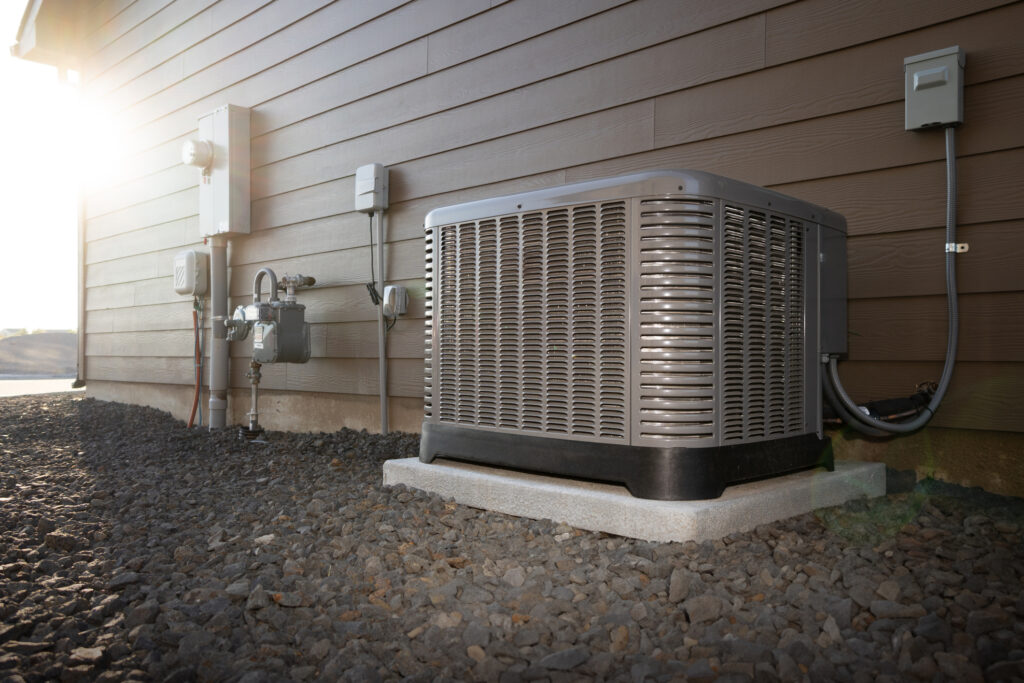
Improving the Energy Efficiency of Existing Buildings
As an introductory approach to improving the efficiency of our existing building stock, the 2024 IECC has placed additional energy efficiency requirements on larger scale alterations and additions, or those considered substantial improvements.
Energy efficiency improvements through energy codes have traditionally focused on new building construction. While the 2024 International Energy Conservation Code® (IECC) continues to drive advancements in this area, it places an even greater emphasis on existing buildings.
By 2050, it is estimated that nearly 70 percent of the buildings in use will be those that exist today. Therefore, enhancing the energy efficiency of these existing buildings through updated energy codes must become a higher priority.

Maximizing Energy Efficiency During Building Alterations
The adage around energy code compliance has typically been if you touch it, it must comply, meaning that areas of a building not impacted by an alteration or addition are typically exempt from compliance. However, there’s also a strong case for taking advantage of the opportunity to bring entire assemblies up to code when portions of those systems are exposed during renovations or modifications.
The fact that skilled tradespeople are already at a building site during an alteration makes this one of the most effective times to more wholistically improve the energy efficiency of an existing building.
As an introductory approach to improving the efficiency of our existing building stock, the 2024 IECC has placed additional energy efficiency requirements on larger scale alterations and additions, or those considered substantial improvements. To determine when these new requirements must be applied, substantial improvement is now defined in the IECC.
In short, a substantial improvement (with some exceptions) refers to any repair, reconstruction, rehabilitation, alteration, addition or other upgrade to a building or structure where the cost equals or exceeds 50 percent of the structure’s market value prior to the improvement.
Under the 2024 IECC, if an alteration or addition meets the threshold of a substantial improvement, the project needs to achieve a minimum level of additional energy efficiency credits. For substantial additions, the projects need to achieve roughly one-half of the number of credits that would otherwise be required for new construction; likewise, substantial alterations would need roughly one-third of the credits required for new building construction.
With these additional credits in place, substantial additions will see an improvement in energy efficiency of roughly five percent and substantial alterations will be about a three percent improvement.
A Major Step Toward Sustainable Buildings
The 2024 IECC greatly increased the number of additional energy efficiency options available for compliance. For projects complying with the IECC Commercial provisions found in Section C406, there are 32 potential credit measures, and projects complying with the IECC Residential provisions have 52 potential credit measures located in Section R408.
These measures are organized into key areas:
- Enhanced building thermal envelopes
- Increased efficiency in HVAC and service water heating systems
- Upgraded lighting equipment and controls with energy monitoring
- Expanded renewable energy production
- Installation of higher-efficiency appliances.
While there are no additional efficiency requirements for changes in occupancy in commercial buildings—unless alterations are involved—the energy code has clarified and streamlined the provisions for occupancy changes. This improvement eliminates the need for subjective analysis of energy use increases when occupancy changes take place.
For instance, the requirement for mechanical and service water heating improvements is explicit. The addition of the intensity tables for both the HVAC systems and service water heating systems based on occupancy classification removes the need for a subjective evaluation as to whether the specific system must be made to comply with the current requirements of the code for new construction.

Those involved in the development of the 2024 IECC envision this as a substantial step forward in addressing the energy efficiency of the existing building stock through energy codes. Another important step is enhancing the infrastructure of buildings to align with performance standards that an authority having jurisdiction may currently enforce or implement during the building’s lifespan, such as energy metering and monitoring systems.
The next article in this series will look at these new or updated requirements in the 2024 IECC. To learn more about the IECC, click here.







